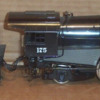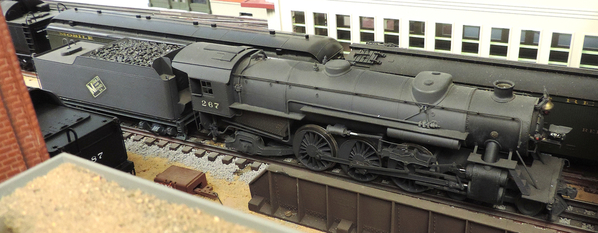I recently picked one of these up for my lone Atlantic Coast Line engine.
I've been taking things apart to make a few modifications and when I removed the electronics I noticed it said "Williams Reproduction Reverser" on the circuit board.
What's it a reproduction of??? Did Williams make it or is it from QSI/someone else? The reason I mention QSI is because the Williams/Samhongsa USRA 2-8-2 and Weaver 4-6-0 I have both had QSI electronics in them and this look a lot like those units.
I think this engine was built by Samhongsa, the boiler is identical to my Williams/Samhongsa USRA 2-8-2.
So far all I've done is replace the "too short" steam and sand domes" and removed the electronics and lettering from the cab and tender. I'm replacing the domes with parts from Bob Stevenson.
I laid the boiler on top of a drawing I enlarged from Mainline Modeler (resized from 3/16" to 1/4") and it appears to be 3/4" longer than the drawing, with 3/8" elongation between the smoke stack and sand dome and another 3/8" between the sand and steam domes. Nothing much can be done about it unless I want to alter the chassis, it doesn't bother me that much (WHAT?!?!?!). The original domes compared favorably with the drawing, but visually they appear short, that's why the domes from Stevenson.
I plan on installing PS2, but again, I'll have to play around with the tach tape as the flywheel is .856" diameter, the gear ratio is 21:1.
Well built engine and should be a great addition to my stable.





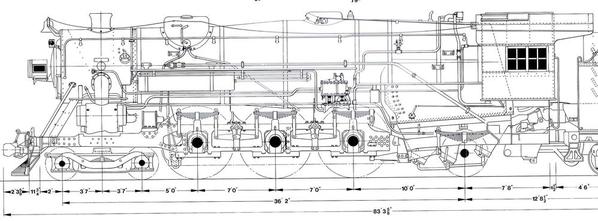
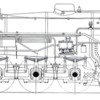


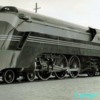

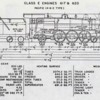


![0523151504[1] 0523151504[1]](https://ogrforum.ogaugerr.com/fileSendAction/fcType/0/fcOid/32543207337093439/filePointer/49297155963563180/fodoid/49297155963563175/imageType/MEDIUM/inlineImage/true/0523151504%255B1%255D.jpg)
![0523151504a[1] 0523151504a[1]](https://ogrforum.ogaugerr.com/fileSendAction/fcType/0/fcOid/32543207337093439/filePointer/49297155963563181/fodoid/49297155963563176/imageType/MEDIUM/inlineImage/true/0523151504a%255B1%255D.jpg)
![0523151504[1] 0523151504[1]](https://ogrforum.ogaugerr.com/fileSendAction/fcType/0/fcOid/32543207337093439/filePointer/49297155963563180/fodoid/49297155963563175/imageType/SQUARE_THUMBNAIL/inlineImage/true/0523151504%5B1%5D.jpg)
![0523151504a[1] 0523151504a[1]](https://ogrforum.ogaugerr.com/fileSendAction/fcType/0/fcOid/32543207337093439/filePointer/49297155963563181/fodoid/49297155963563176/imageType/SQUARE_THUMBNAIL/inlineImage/true/0523151504a%5B1%5D.jpg)

